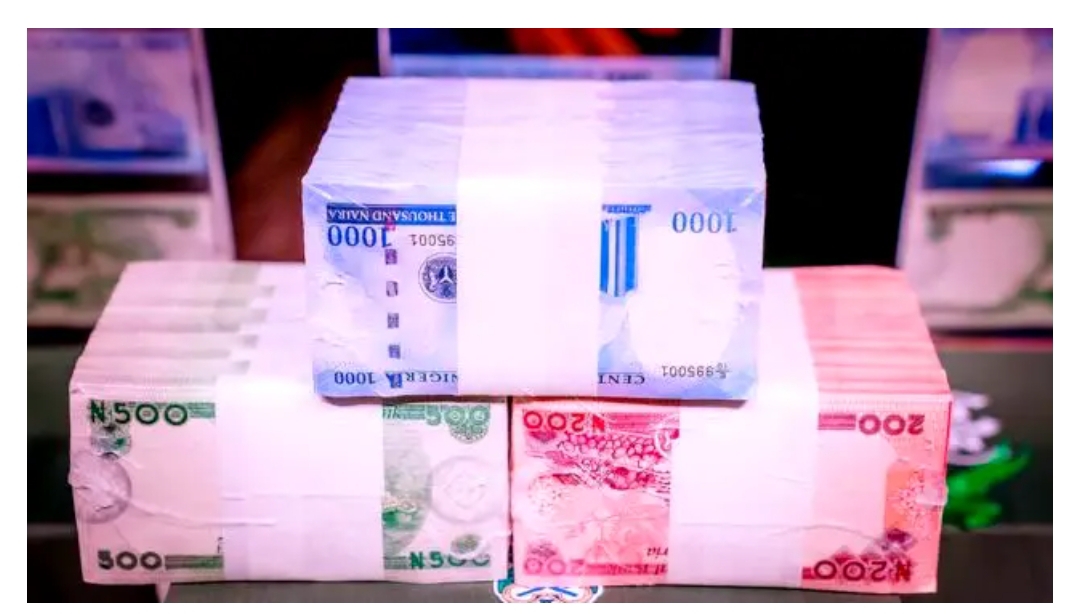|
Getting your Trinity Audio player ready...
|
The Nigerian Security Printing and Minting (NSPM) Plc also called MINT, Friday, explained why the new Naira notes leave ink when rubbed on plain white surfaces while stressing that best international best practice was followed in their production.
The company, also referred to as The MINT, is responsible for producing the naira, Nigeria’s currency.
In a statement on Friday, signed by NSPM’s Managing Director, Ahmed Halilu said its attention has been drawn to various clips, skits, concerns and comments on diverse platforms regarding the quality of the redesigned notes.
Addressing some of the popular criticisms of the new naira notes, Halilu affirmed they were of the same substrates as the existing ones and passed through the same printing processes and finishing procedures.
“It is, therefore, basically the same as the other notes in circulation,” he explained.
“It is, however, important to note that new banknotes are generally light when issued, then become heavier in circulation on getting in contact with dirt and moisture,” Halilu added.
“In addition, the second stage of currency printing (intaglio) requires a heavy deposit of special inks with fairly large particles to give a tactile feeling of the portraits as well as other raised prints by way of design.
“One of the properties of intaglio inks is non-solubility in water and ease of transfer (light stain) on plain white materials owing to the size of the particles.
“This is generally a security feature of all banknotes that easily differentiates them from forged or counterfeited notes.”
Halilu further said the best international practices have been deployed in the production of the new naira notes, adding that his agency would continue to ensure that it meets international standards.
“The naira is our legal tender and national symbol. We, therefore, urge Nigerians and other users of the naira banknotes not to subject our banknotes to experiment in order to prove a point,” he said.




